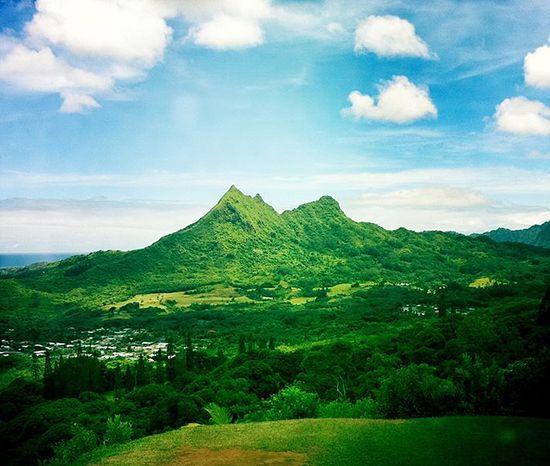Let’s get this out of the way right from the start: if you have never climbed anything more strenuous than a flight of stairs, it isn’t a good idea to immediately jump into climbing a mountain. Like running a 5k, competing in a triathlon or any other feat of athletic strength, it takes training to make it to that point. Start with hikes and climbing walls, and start working your way up.
For those who have had some experience with climbing, but are still beginners, there are mountains for you. These five mountain climbing excursions are great ones to earn your chops. By the end you will be a full fledged mountaineer, and ready to seek out much harder climbs in the future.
1. Mount Khuiten, Mongolia

Just along the corners of both China and Russia, this mountain is nevertheless a part of Mongolia. It is a fascinating climb, as there are long stretches of barren land in between the beginning and end of the peak. Despite that sparse landscape it is a gorgeous view, and extremely isolated. The Kazakh nomads, many of whom offer services as guides, are friendly and encouraging, as well as experienced in making the trek. It takes a week to go through a full mountain climbing excursion to this location, and it is better for people who have at least done some mountain climbing in the past. If you are planning on tackling it, try taking an intermediate course before you go. It will help you be prepared for both the difficult climbs around some parts of the peak, emergencies that could arise, and the length of the trek.
2. Mount Katahdin, USA

Located in Baxter State Park in Maine, this is one of many beautiful peaks that exist in that protected region. But Mount Katahdin is the largest of them, at just over 5,200 feet. Not everyone who tackles this one goes all the way, instead staying on the lower points to enjoy the many summits that give a view of the pretty valley below. Others keep going, including across trails that are very narrow with sharp drops to either side going thousands of feet. It is a nice one for the thrill seekers who want something to get the blood pumping. But the best part about this mountain? They only allow a certain number of people into the park at a time, so you can be sure the trails won’t be overly crowded. The length of this climb can go anywhere fro a few hours to a full day, depending on how far you go and your skill level.
3. Kilimanjaro, Tanzania

Despite being one of the best known peaks in the world, Kilimanjaro is a surprisingly tame climb in comparison to many others in Africa. It is a unique climb, as well. A lot of it is just hiking uphill, with some basic climbing that doesn’t require any special equipment to attempt. This has made it a highly popular mountain to scale for people of all skill levels. But you have to be physically fit enough to take the strain of hiking anywhere from six to eight hours a day for a week straight. The more advanced treks are usually 5-day guided tour, or 7-days for longer rest periods and shorter per-day routes. But just seeing the various ecosystems that are along the way makes it worth the effort, with the chance to move through everything from rainforests too deserts to arctic conditions.
4. Lenin Peak, Kyrgyzstan

In the Pamirs lies one of the largest peaks in the former Soviet Union. Lenin Peak, named after the Bolshevik leader, is a bit over 23,400 feet. However, it starts at the Achik-Tash base camp, which cuts more than 11,400 feet off of the climb. The rest can be climbed in a day if you push yourself with few breaks in between. Though many people, especially beginners, choose to hunker down at another base point and do it in two days. Whichever duration you select, this is a fantastic and gorgeous climb that ends up overlooking the Pamirs, Muztag Ata, Kongur and Karakoram on every side.
5. Olomana Mountain, USA

This Hawaiian peak is an interesting one. It isn’t large, at only 1,600 feet. But don’t be fooled, this is not a cake walk! Located on the island of Oahu, it is nicknamed the Matterhorn of Oahu for a reason. It is broken up into multiple summits at various heights, getting increasingly difficult the higher you go. The first couple of peaks are more like difficult heights, with uphill walking and minimal climbing that is still fairly steep. But further up comes more mountain climbing, a lot of obstacles to cross, precarious drops, and a ton of terrain that takes skill to master. Because some hikers have died in their attempt to climb this mountain, it is recommended that beginners stick with the first or second peak, and leave the third for when they are more experienced.
Do you know of any good mountains for beginner climbers? Let us know in the comments!

Leave a Reply
You must be logged in to post a comment.